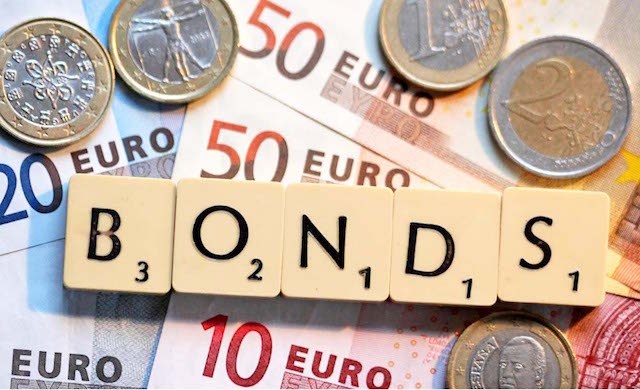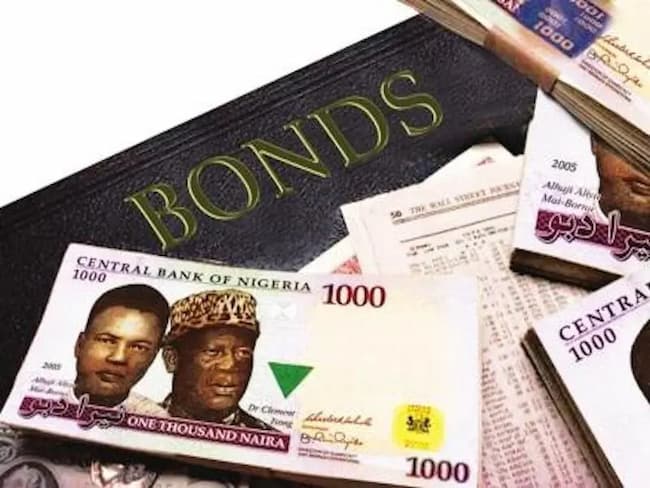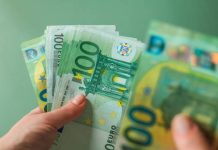Nigerian Eurobond prices dropped, increasing yields as investors in the global debt capital market reduced their holdings as part of a portfolio strategy to maximize return on assets denominated in foreign currencies.
After the US Federal Reserve’s decision to tone down its hawkish tone and the sideways movement in the US dollar index, the yield curve has been trending lower in the recent past over buying enthusiasm.
The $500 million 6.375 JUL 12, 2023 Eurobond issued by the Nigerian government will maturity in July on the global financial market with no refinancing option. On July 12, 2013, the sum was increased on the international market. The asset was exchanged at $98.81, $1.09 below its issued price, while its corresponding yield increased to 11.81%. This is anticipated to further strain the country’s $35.5 billion in gross external reserves.
Their negative actions were helped in part by the US dollar’s oscillating movement versus the major currencies. After the gyrating fluctuations in the United States dollar index earlier in the week, there was a buying impetus for Nigeria’s Eurobonds. Profit takers, according to analysts, put an end to the bulls’ surge. Traders at TrustBanc Capital Limited stated in their market brief that foreign portfolio investors (FPIs) later started to sell their US dollar assets in an effort to maximize their portfolio returns strategy.
In particular, US dollar asset selloffs were concentrated at the week’s conclusion in Jul-23 (+109bps), while large offers were recorded in Jan-49 (+24bps) and Nov-47 (+14bps).
The outcome was that the benchmark yield on average increased by 14 basis points week over week to settle at 12.48 percent. In other news, the 10-year US Treasury yield decreased over the week from 3.48% on Friday to 3.3%. The 10-year 6.38% JUL 12 2023, 20-year 7.69% FEB 23 2038, and 30-year 7.62% NOV 28 2047 lost $0.19, $0.66, and $0.69, respectively.
The equivalent yields for the instruments improved as a result, rising to 11.82% (from 10.73%), 12.90% (from 12.76%), and 12.57% (from 12.43%), respectively. Investors’ expectations for the short-term interest rates set by the Federal Reserve are substantially reflected in the yields on Eurobonds.
Market analysts view that those expectations have ratcheted down over the past month — first in response to stress in the US banking sector and then in reaction to the underwhelming economic reports. Trade patterns seen recently suggest that the Eurobond market is overestimating the likelihood that the Fed will cut rates further this year. Last week at the Eurobond segment, the bulls sealed a perfect week, to close the month and quarter on a strong note.
Investors were confronted with mixed signals on the international front throughout the first quarter, from the rate hike puzzle to Bank failure in the United States and fears of a possible recession.
However, market sentiment turned positive in March, even after the Fed hiked the fund’s rate twice by 50 basis points. Accordingly, bids flocked across the benchmark curve, especially at the short spectrum.














